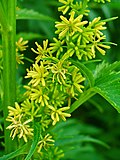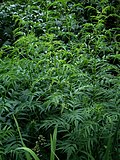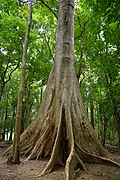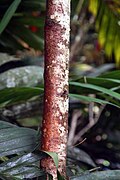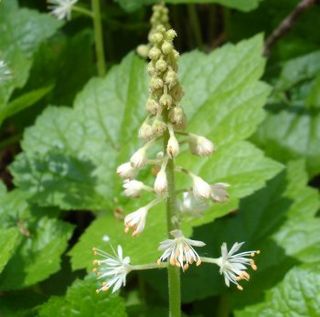
| Flowering plant families (APG IV) | |||||
|---|---|---|---|---|---|
| Early-diverging flowering plants | |||||
| Monocots: Alismatids • Commelinids • Lilioids | |||||
Eudicots
|
The nitrogen-fixing clade consists of four orders of flowering plants: Cucurbitales, Fabales, Fagales and Rosales. [lower-alpha 1] This subgroup, the COM clade and the order Zygophyllales constitute the fabids under the fourth Angiosperm Phylogeny Group (APG IV) system. [lower-alpha 2] The nitrogen-fixing clade encompasses 28 families of trees, shrubs, vines and herbaceous perennials and annuals. The roots of many of the species host bacteria that fix nitrogen into compounds the plants can use. [4] [5]
Contents
The trees of this subgroup dominate many temperate forests. [6] Cannabis, with the psychoactive drug tetrahydrocannabinol (THC), has been used recreationally and ceremonially for at least 2400 years, but was in cultivation at least 6000 years before that for its oils and for making fabric and rope. [7] Cucumbers, melons and watermelons are cultivated around the globe. [8] The Mediterranean diet around 6000 years ago included fava beans, lentils, chickpeas and other legumes. [9] Chestnuts were spread throughout Europe by the ancient Romans. [10] The apple (in the rose family) is the second-most-cultivated sweet fruit, after the grape (in the order Vitales, not in this clade). [11]
















